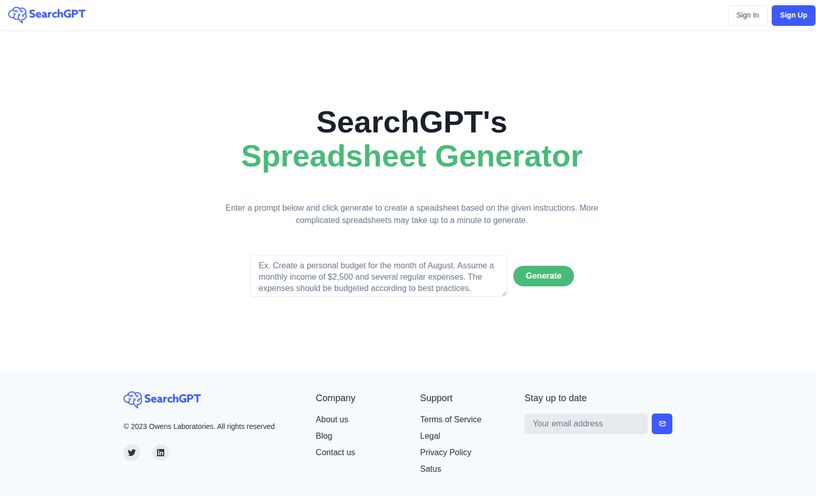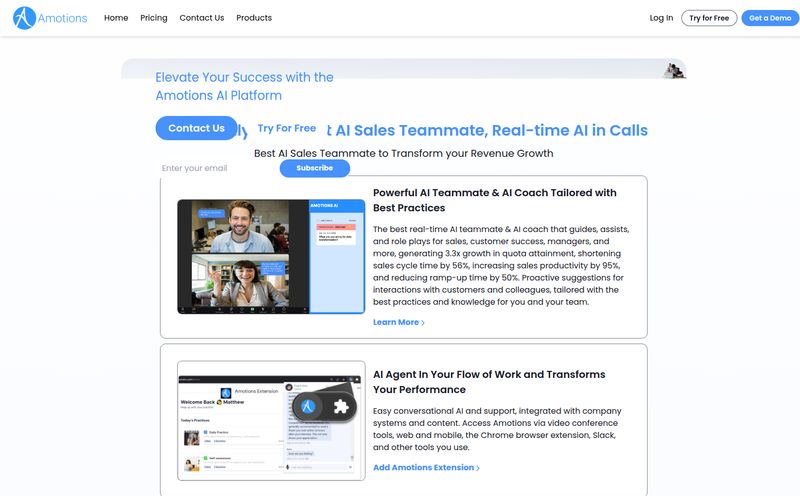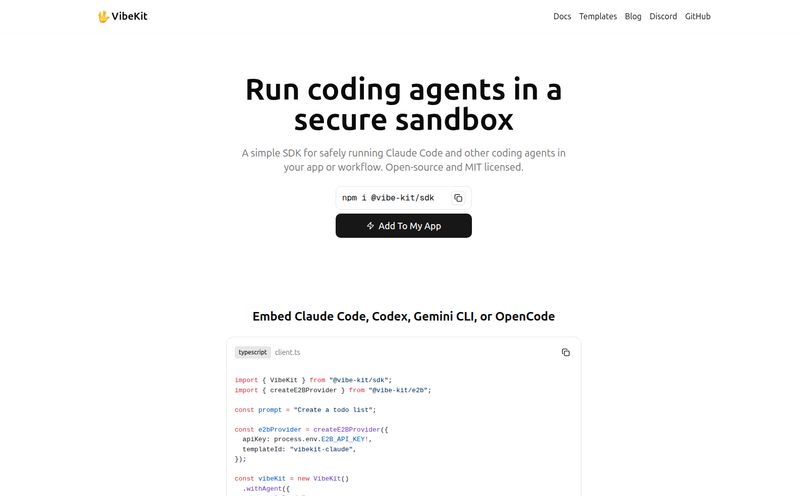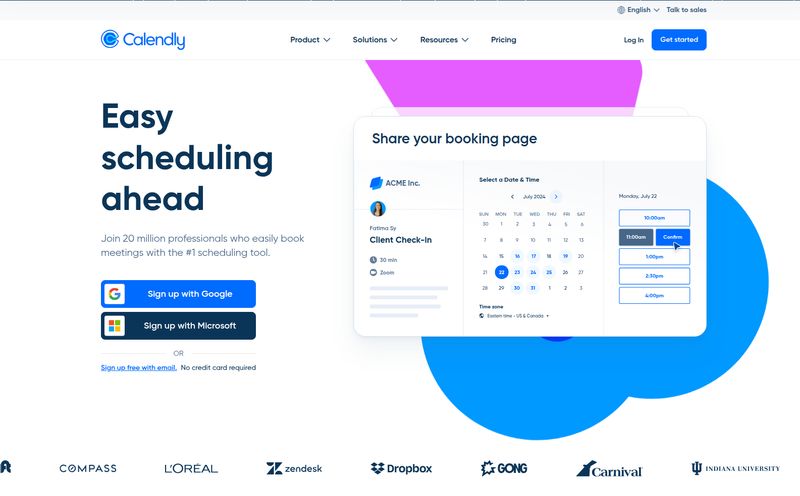If you’ve ever worked in tech, you know the drill. The dev team pushes out a brilliant new update, a fix, or a feature. And then comes the dreaded task… the release notes. It’s a chore. A total drag. Developers would rather be writing code, product managers are already juggling a dozen other things, and marketers are trying to figure out how to translate “refactored the authentication endpoint” into something a customer actually cares about.
I’ve been in meetings—more than I care to admit—that have spiraled into chaos over a single line in a changelog. It’s a communication bottleneck that quietly drains hours and sanity from otherwise productive teams. We’ve tried templates, assigned roles, and set deadlines. But it still feels like a task nobody truly wants. So when I heard about a tool called Release AI that promised to automate the whole process, my ears perked up. An AI for changelogs? Sounds almost too good to be true.
So, What Exactly is Release AI?
At its core, Release AI is an AI-powered platform designed to do one thing really well: create accurate, consistent, and continuous API release notes. Think of it as a specialized translator, fluent in both developer-speak and human-speak. It monitors your API for changes and then automatically generates the documentation to go with it. No more chasing down engineers for a quick summary five minutes before a launch.
This isn't just for the dev team, either. The whole idea is to create a single source of truth that benefits everyone. Product Managers, Support teams, Marketing departments, and yes, even the end-customers who rely on your API. It aims to turn the changelog from a dusty afterthought into a dynamic, useful communication tool. A pretty ambitious goal, if you ask me.
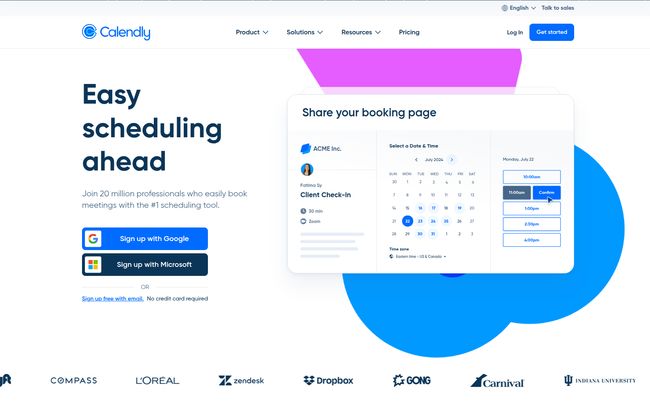
Visit Release AI
The Endless Agony of Manual Changelogs
Why is a tool like this even necessary? Because the traditional way of doing things is, frankly, broken. For years, I’ve seen changelogs written by different people with different styles. One is super detailed, another is frustratingly vague. The result? Confusion. Customers don't know what’s changed, and internal teams are working with inconsistent information.
It’s like a game of telephone. A developer makes a change and tells the PM. The PM simplifies it for the marketing team. The marketing team turns it into a snappy announcement. By the time it reaches the customer, the original meaning can be completely warped. It’s a time-consuming, error-prone process that creates information silos. I once saw a critical breaking change buried in a minor version update note, causing a firestorm with a major client. That kind of mistake doesn’t just cost money; it costs trust. And that’s a much harder thing to rebuild.
How Release AI Tries to Solve the Puzzle
So, Release AI wades into this mess with a few clever ideas. It’s not just about spitting out text; it’s about creating a structured, historical record.
Automated and Accurate Notes
The main draw is, of course, the automated generation of release notes. The platform connects to your API and, using AI, generates descriptions of the changes. This promises a level of accuracy and speed that a human, especially one under pressure, might struggle to maintain. The goal is to capture every tweak, every new endpoint, and every deprecated field without fail. This standardization alone could be a massive win for organizations that have multiple teams working on different microservices.
A Living History of Your API
One of the features that I find particularly interesting is the historical changelog tracking. Release AI doesn't just write a note and forget it; it stores everything. This creates a permanent, searchable archive of your API’s evolution. Imagine a new developer joining your team. Instead of having them dig through old project tickets or pester senior engineers, you can point them to a clean, chronological history of every change ever made. That's a powerful onboarding and debugging tool, not just a list of updates.
Bridging the Gap Between Teams
This is the big one. The platform is built for collaboration. By having a central, AI-managed source of truth, it helps synchronize everyone. The support team can see exactly what changed in the latest push, helping them answer customer tickets more effectively. The marketing team gets clear, technically accurate information they can use for their campaigns and announcements. It reduces the back-and-forth and lets each team focus on what they do best, armed with the right information.
My Honest Take on Release AI's Strengths and Weaknesses
Alright, no tool is perfect. As an SEO and tech guy, I’m naturally skeptical. From what I've seen, the advantages are pretty clear. The idea of having a free tool to improve the accuracy and consistency of your release notes is a huge plus. It fosters better communication, which is the bedrock of any successful product team, and having a historical log of all changes is incredibly valuable for both internal tracking and external transparency.
However, we need to be realistic. The platform's effectiveness hinges almost entirely on the quality of your existing API documentation. It’s the classic “garbage in, garbage out” principle. If your internal documentation is a mess, the AI will likely struggle to produce coherent, useful notes. There's also some initial setup and configuration required to get it all hooked up and working correctly. This isn’t a magic wand you can wave over a chaotic process and fix it instantly. It's a tool that works best when you already have decent development practices in place. It rewards good habits; it doesn't create them from scratch.
Let’s Talk Money. Is Release AI Really Free?
This was the first thing that made me raise an eyebrow. The main description says it’s free, which is a powerful hook. And it seems there is a genuine free-to-use component, which is fantastic for small teams or individual developers wanting to try it out. But for businesses looking to scale, there are paid plans. And that's perfectly fair.
The pricing structure seems designed for growing teams:
| Plan | Price | Key Features |
|---|---|---|
| Starter | $29 /mo | 4 Admins & Members, 10GB Storage, 500 Active Users |
| Agency | $49 /mo | 12 Admins & Members, 50GB Storage, 1500 Active Users |
| Team | $79 /mo | Unlimited Admins, Members, Storage, and Active Users |
Each paid tier offers a free trial, which is always a good sign. Interestingly, their pricing page is actually a Calendly link to book a demo. This tells me they're taking a more hands-on, consultative approach to sales, which can be great for making sure the tool is a good fit for your company before you commit.
Who Should Actually Use This Thing?
I can see a few groups getting a lot of value here. Early-stage startups that need to maintain good documentation hygiene from day one but don't have the budget for a dedicated technical writer would be a perfect match. Also, mid-sized companies where communication starts to fray as teams grow; a tool like this could impose some much-needed order. Even large enterprises with sprawling, complex API ecosystems could use this to enforce a standard across the board. It's not just a developer tool; it's a communication and process-improvement tool that happens to be about code.
Frequently Asked Questions about Release AI
- How does Release AI ensure the accuracy of the release notes?
- It primarily works by parsing your API documentation and code changes. The accuracy is therefore highly dependent on how well-maintained and descriptive your source documentation is. For best results, your team should have solid documentation habits.
- Is Release AI suitable for non-technical users like marketers?
- Yes, that's one of its main selling points. While the setup is technical, the output is designed to be a clear, single source of truth that marketers, support staff, and product managers can easily understand and use without needing to read code.
- What kind of setup is required to get started?
- There is an initial setup process to connect the tool to your API and repositories. The exact complexity would depend on your specific tech stack, but you should expect some configuration work from your development team to get it running smoothly.
- Can I integrate Release AI with my existing CI/CD pipeline?
- While not explicitly stated in the provided materials, a tool like this is most powerful when integrated into a CI/CD (Continuous Integration/Continuous Deployment) pipeline. This would allow release notes to be generated automatically as part of your deployment process, and it's a logical feature for such a product.
- How does the free plan work?
- The information suggests there's a free-to-use offering, likely with certain limitations on users, storage, or features. This allows you to test the core functionality before deciding if a paid plan (Starter, Agency, or Team) is necessary for your organization's scale.
My Final Thoughts
So, is Release AI the magic bullet for our changelog woes? Maybe not a magic bullet, but it's a seriously interesting weapon to add to your arsenal. It addresses a real, persistent pain point in the software development lifecycle. By automating the grunt work and creating a centralized hub for communication, it has the potential to save a ton of time and prevent costly miscommunications.
I'm genuinely optimistic about tools like this. They represent a shift toward smarter, AI-assisted workflows that let talented people focus on creative, strategic problems instead of tedious administrative tasks. If you're tired of arguing about the wording of release notes, you should probably book that demo and see for yourself.
Reference and Sources
- Release AI Demo Booking: https://calendly.com/perfai/20-mins
- Why Good API Documentation is Important (Postman Blog): https://blog.postman.com/why-api-documentation-is-important/
